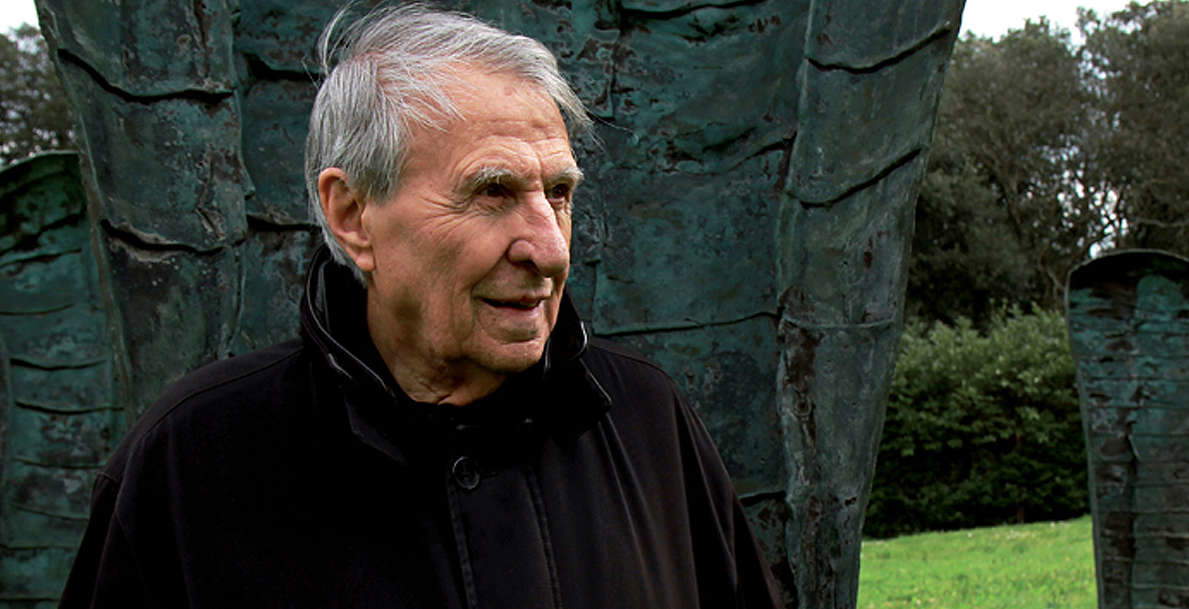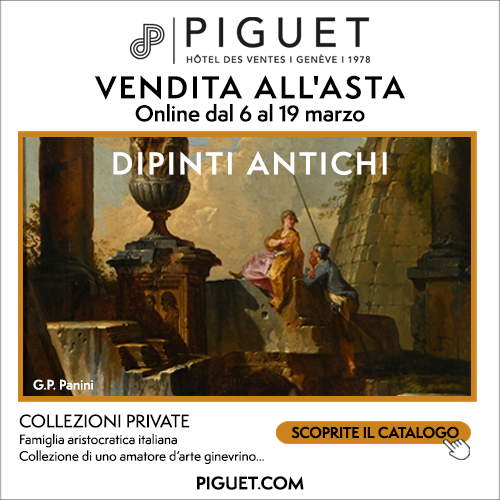Farewell to Giuliano Gori, entrepreneur and collector
Entrepreneur and collector Giuliano Gori, known for his important collection of contemporary art from which grew the Fattoria di Celle near Pistoia, a famous contemporary art park where the collection was moved in 1970 and opened to the public in 1982 with the first eighteen works, including works by Fausto Melotti, Giuseppe Penone, and Mimmo Paladino, has died at the age of 93.
An active entrepreneur in the textiles industry, Gori had begun collecting in the postwar period, and by the 1950s and 1960s his collection had already distinguished itself as one of the most up-to-date in Italy: Gori assiduously frequented artists and was constantly informed of new developments and trends, thus succeeding in intercepting the most interesting artists. Initially the collection was housed in a palace in the center of Prato, the city where Gori was born in 1930, but since the 1950s the entrepreneur had been concerned about sharing his collection with the public, so much so that even before the move to the Fattoria di Celle Gori’s works had already been shown on a few occasions: over the years, moreover, Gori took steps to promote several exhibitions around Italy (including Dani Karavan’s solo show at the Forte di Belvedere in Florence and at the Castello dell’Imperatore in Prato in 1978). Then, on June 12, 1982, came the opening of the Fattoria di Celle. Other important milestones followed: in 1985, the Bargellini Prize from the city of Florence; in 1988, the opening of the Pecci Center in Prato, of which Gori was a founding member; in 1993, the publication of the catalog of his environmental art collection; in the same year, his commitment to the exhibition Risarcimento with which more than sixty contemporary artists donated works to the Uffizi Gallery just hit by the bombs of the Georgofili massacre; and in 2001, the donation of the new layout of the presbytery of Prato Cathedral, designed by Robert Morris. Today, the Farm houses some 80 works, most of them outdoors.
“There are men who with their passion, their generosity, their intelligence manage to build experiences of beauty and creativity that become the heritage of all. Giuliano Gori, the brilliant creator of the extraordinary art collection housed in the Fattoria di Celle in Pistoia, was one of them,” said Eugenio Giani, president of the Region of Tuscany. “Giuliano Gori,” said Councillor Stefano Ciuoffo, “knew how to combine the qualities of the great businessman with those of the art lover, accompanying sensitivity to the new languages of the contemporary with the enhancement of the environmental contexts called to marry with the artists’ creations.”
“With Giuliano Gori goes the twentieth century of art in our city and its relationship with the world,” Matteo Biffoni, mayor of Prato, echoes him. “Entrepreneur, innovator, beloved lover of artists and women artists, he made the historic Fattoria di Celle the Italian prototype of environmental art thanks to his intuition, ability to experiment, and wisdom in interpreting the possibilities that a place surrounded by nature could offer. Lewitt, Cecchini, Burren, Barni, Corneli and a thousand others worked with him and for him in a fruitful and unique relationship. Together with Bertini he was decisive for the arrival of Henry Moore in Prato, and again in 2012 thanks to him the public collection of the Museum of Palazzo Pretorio was enriched by the Lipschitz donation. A founding member of the Luigi Pecci Center for Contemporary Art, the progenitor of a family in love with contemporary art, Giuliano Gori was an inimitable and free example. To his children, grandchildren, and family members all my thoughts and embrace.”
 |
| Farewell to Giuliano Gori, entrepreneur and collector |
Warning: the translation into English of the original Italian article was created using automatic tools. We undertake to review all articles, but we do not guarantee the total absence of inaccuracies in the translation due to the program. You can find the original by clicking on the ITA button. If you find any mistake,please contact us.





























